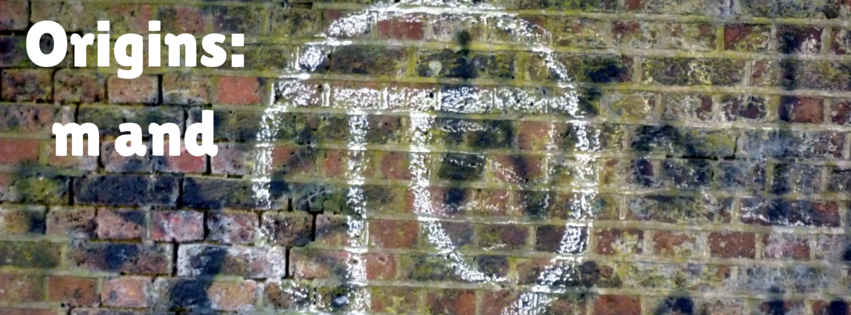However, perfectly typically, some of them got a little hung up on the use of the letter m - particularly, why use m when something like g (gradient) or s (slope) would seem obvious. They were happy with accepting c (constant), but disliked that I couldn't give them an explanation for the use of m.
Normally in situations like this, I turn to Google or my maths history books. I remember one GCSE pupil a few years ago asking me why we use the Greek letter π (pi) when working with circles. I'd always assumed that, as it's well-documented that Archimedes found a decent approximation for π, the use of the symbol comes from Ancient Greek mathematicians - but apparently not.
The first recorded use of the Greek symbol π comes from Welsh mathematician William Jones, didn't appear until 1706, and wasn't made properly "fashionable" until Euler started using it too. The GCSE pupil in question was particularly concerned with why we use the letter p, when it would make more sense to use something like the equivalent of c or d, as we're talking about the link between circumference and diameter; it's quite satisfying to now be able to explain to a class that p was chosen because it's the first letter of "periphery" - and if they haven't heard that specific word, most of them have heard and understand the phrase "peripheral vision".
I was fully expecting to find an explanation like this for the use of m for gradient. Unfortunately, though, the story isn't quite as satisfying. It appears that no-one really knows where m comes from. There's a lovely theory that it comes from the French verb monter (to climb), but that seems to have been debunked as an urban legend. There's another suggestion that m comes from "modulus of slope", but again, this is without much proof. And other countries use other letters - k is used in place of m in both Austria and Sweden, but this can be traced to a language root.
I'd be interested to hear if anyone else has any theories or explanations they offer to pupils when they're asked this question - or if you use different letters when teaching the general form of a straight line.
(Image credit: By Andrew Bowden from London, United Kingdon - Pi, CC BY-SA 2.0,commons.wikimedia.org/w/index....)

 RSS Feed
RSS Feed
